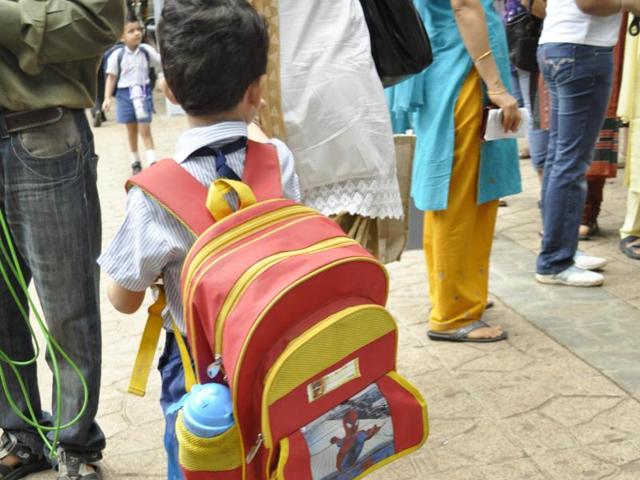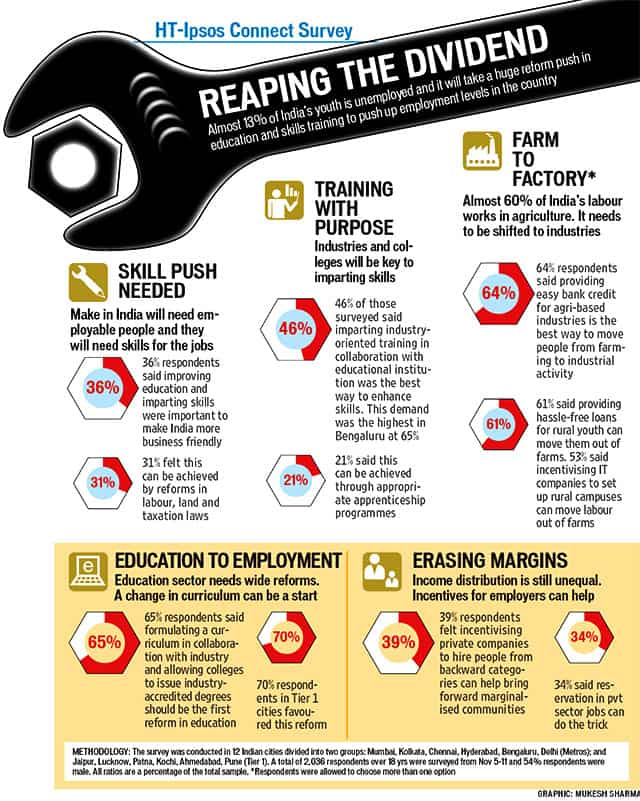HTLS 2015: Our primary level education system is in shambles
Our primary level education system is in a shambles. If it does not improve, it is bound to have a domino effect on the next stages of education writes KumKum Dasgupta
Nobel laureate Amartya Sen may not be the NDA government’s favourite go-to economist, but even his critics would agree Sen is correct when he says India can’t become a global economic power with an uneducated and unhealthy workforce. “It’s never been done before, and never will be done in the future either,” Sen argued in a recent interview to South Asia @LSE blog.

India’s education system, especially at the primary level, is in a shambles. Over the years, reports have showed while enrollment in government primary schools is nearly 100%, learning levels of children are falling. There are several reasons for this abysmal report card: Lack of trained teachers and good teaching material, teacher absenteeism and excessive bureaucratic focus on building infrastructure. But rising rural aspirations, fuelled by economic prosperity and anxiousness about limited non-farm jobs, are pushing parents, many of them illiterate, to send their children to bare-bones private schools though they are qualitatively not better than the state-run ones. Today, India has 13 lakh government schools with 230 million students and nearly 85% of these schools are in rural areas.
If the primary education system does not improve, it is bound to have a domino effect on the next stages of education. It will also impact the Centre’s plans of creating new jobs because most of these new ones are in services that require basic literacy. An HT-Ipsos Connect survey showed 14% of respondents said the most important reform in education would be to improve accountability by measuring learning outcomes.
The need of the hour is out-of-the-box thinking; and some states are doing it. Take, for example, Karnataka. To overcome the problem of shortage of qualified teachers, especially for remote schools, the state has roped in Edutel, a satellite education company, to run virtual classrooms in 1,000 government and government-aided schools.

While virtual classrooms are not unknown in India, Edutel’s patented technology allows for real-time two-way communication between the student and teachers. Until June 2013, the Indian Space Research Organisation had started 83 Edusat networks for distant classroom education from school level to higher education. Unfortunately, much of this resource has been idling.
The young entrepreneurs at Edutel are now using the existing set-up to beam content in 1,000 schools in the state via Edusat. But delivering content is one part of the challenge; the real one is ensuring students learn. To tackle that challenge, Edutel has roped in senior experts to work on the existing English, math and science syllabi, and also teach the students in real-time from studios in Bangalore.
Once a class gets over, students can ask questions via a mobile phone. The questions are answered either by the senior teachers or moderators. This two-way process has no time lag. Edutel charges the government `13,995 a school per month.
Edutel’s in-house academic team, graphic designers and animators embellish existing content with child-friendly graphics and animation that help students learn better. “Students are excited to come to these classes because they enjoy the animations and graphics and understand the content better,” said S Siddalingiah, headmaster, Kuvempu Model High School, Bellavi, Tumkur. However, service providers often fail to deliver “the last-mile” to the classrooms and inadequate hardware plagues growth; power failure is still chronic, along with low uptime on satellite links; technology is unsustainable in schools due to costs and one-way communications fail to engage students.
“Children can be anywhere, but we feel that whatever their financial background, they should get a good teacher,” Harsha Mahabala, CEO, Edutel, told HT. “In a country like ours, we need optimal solutions to reach remote areas and we provide that.”





